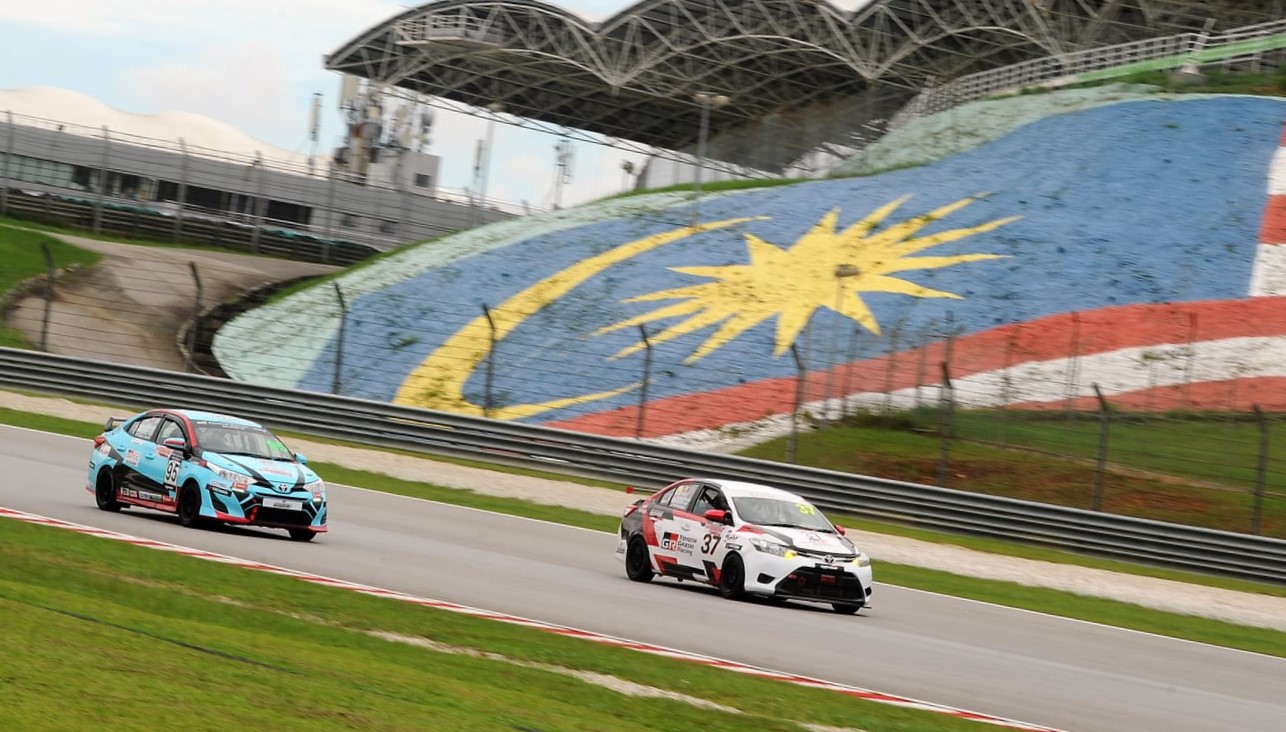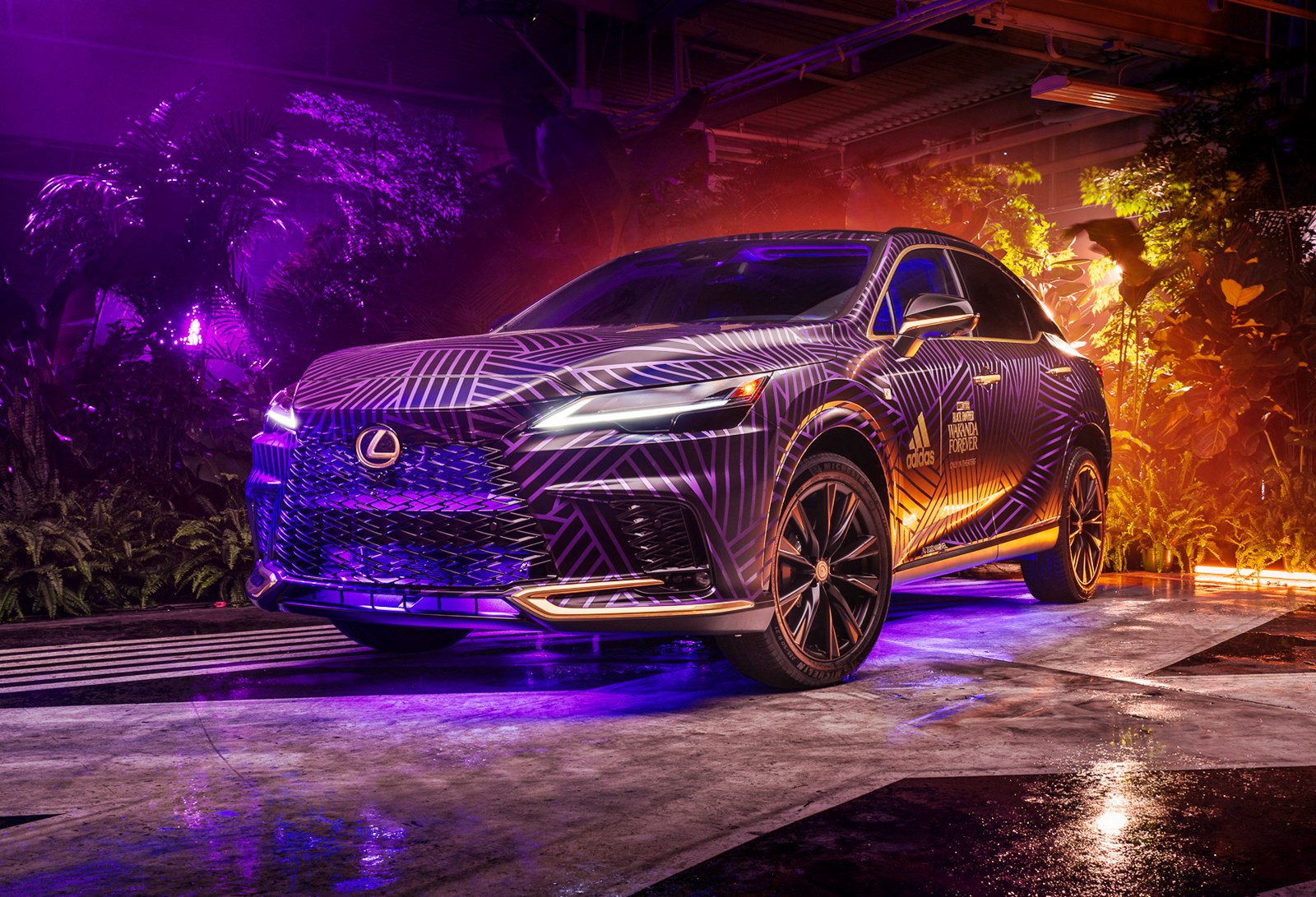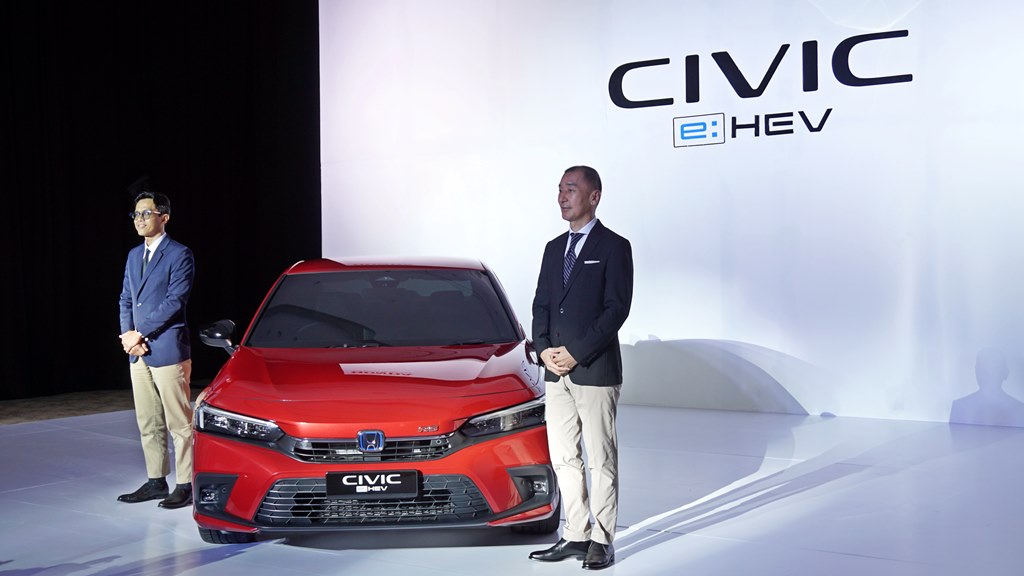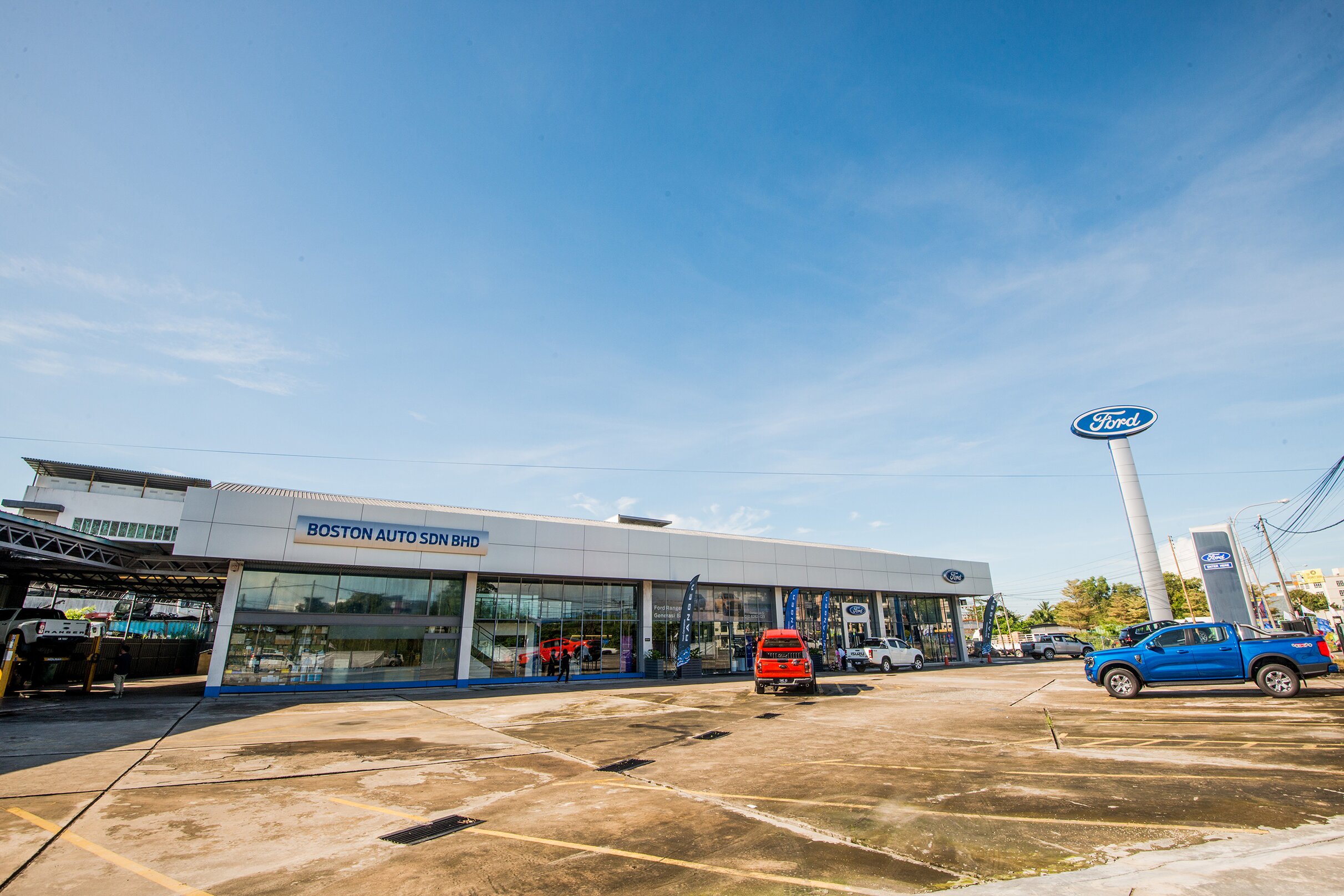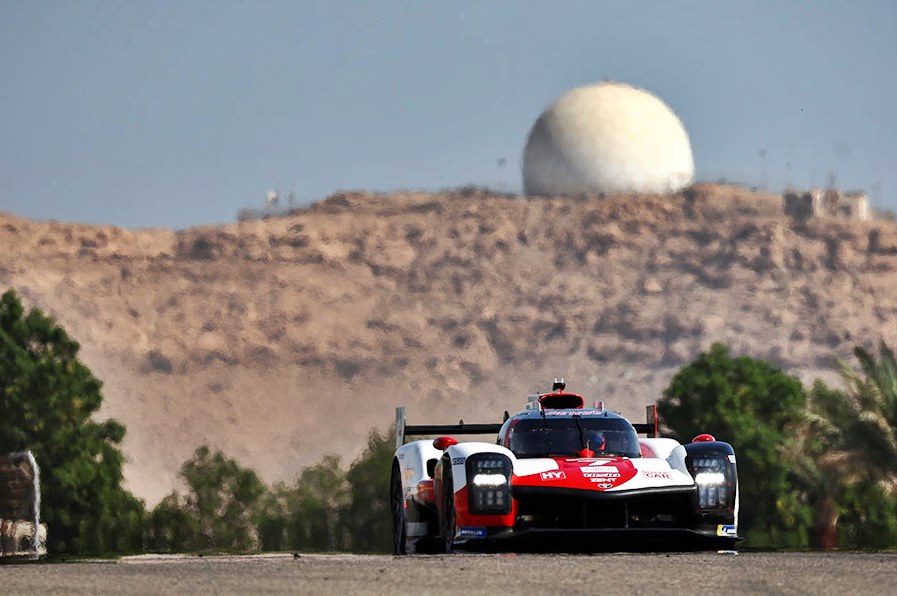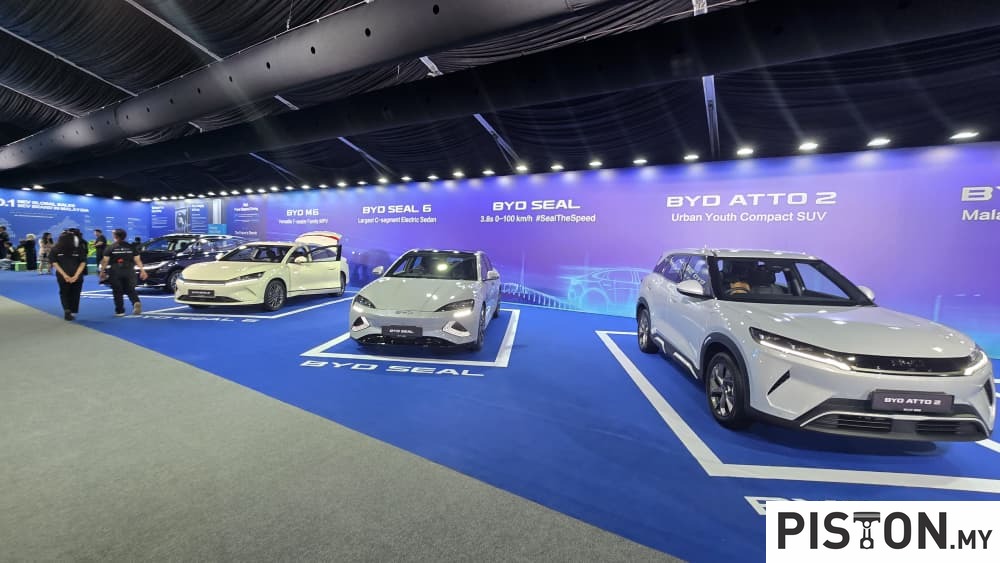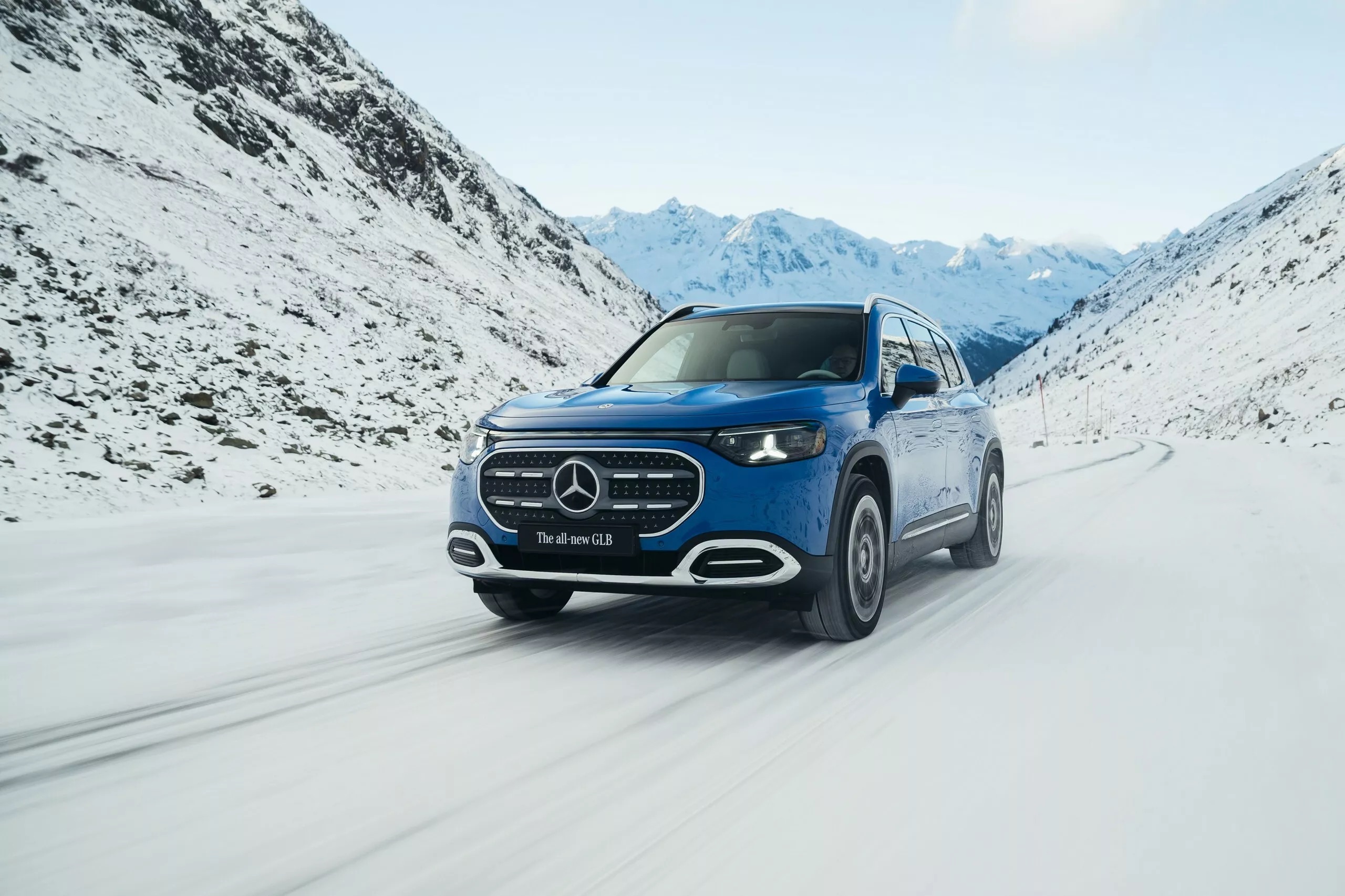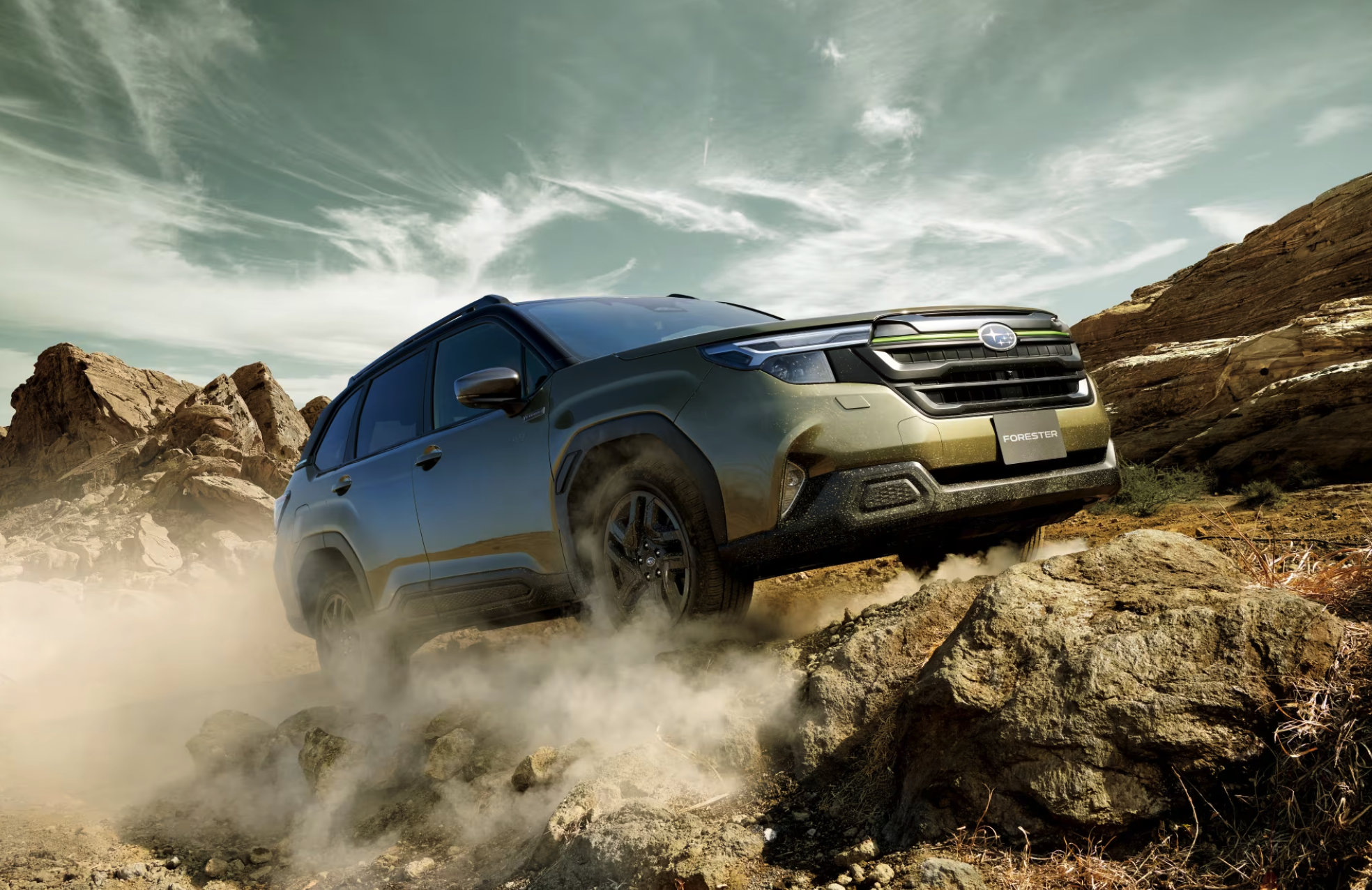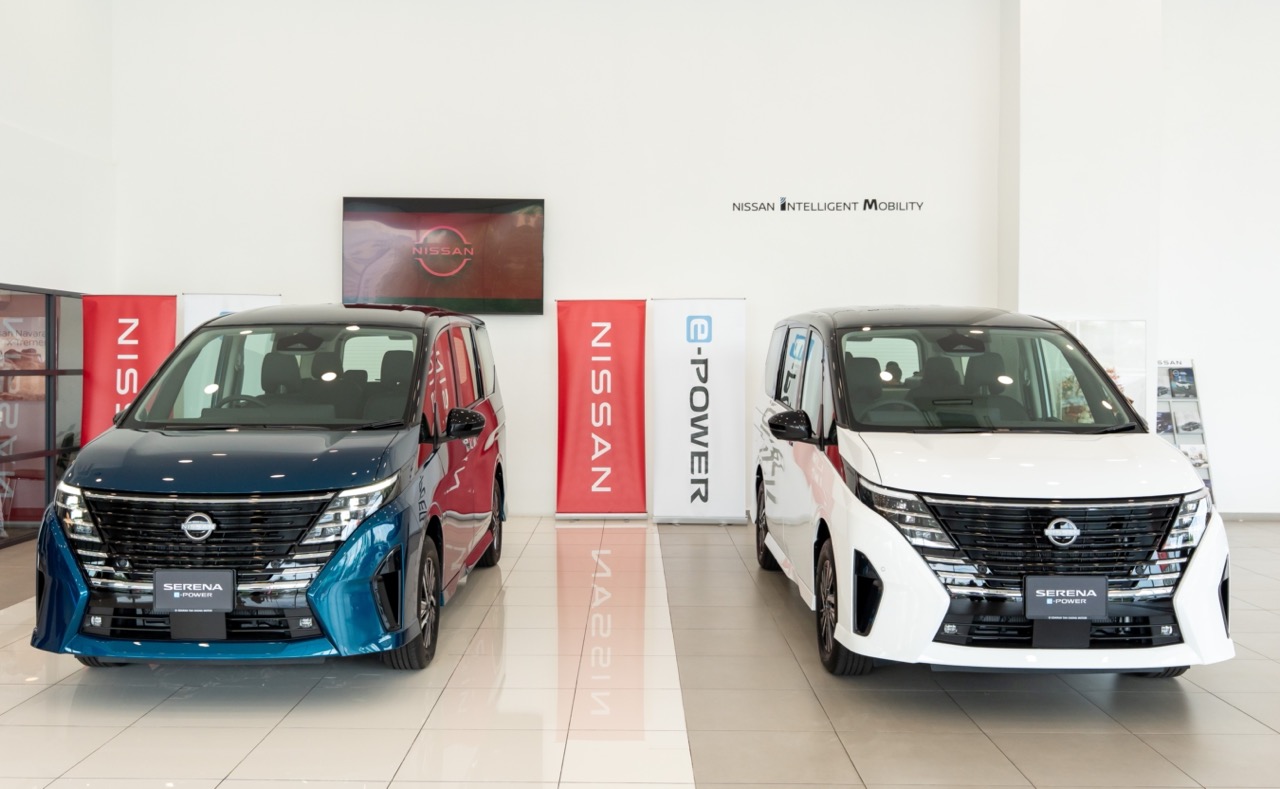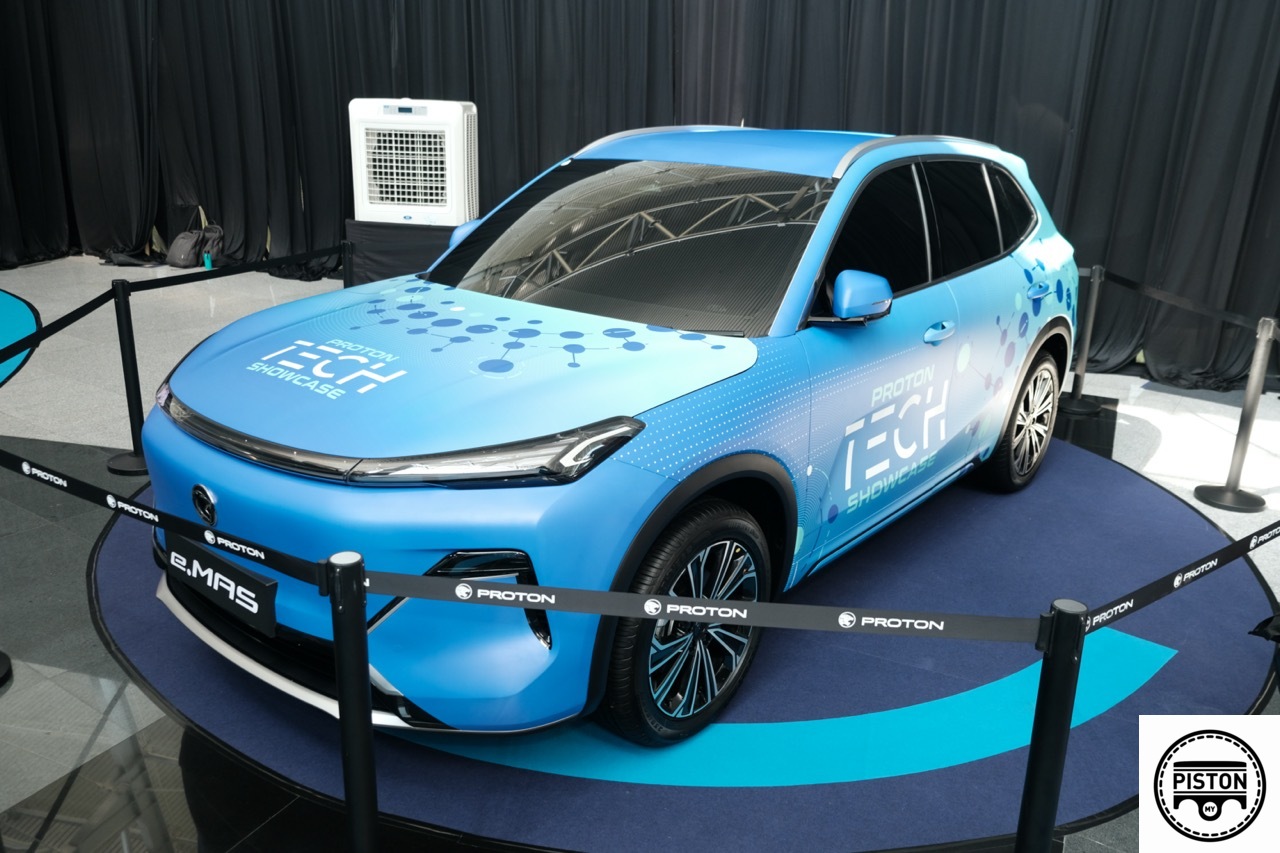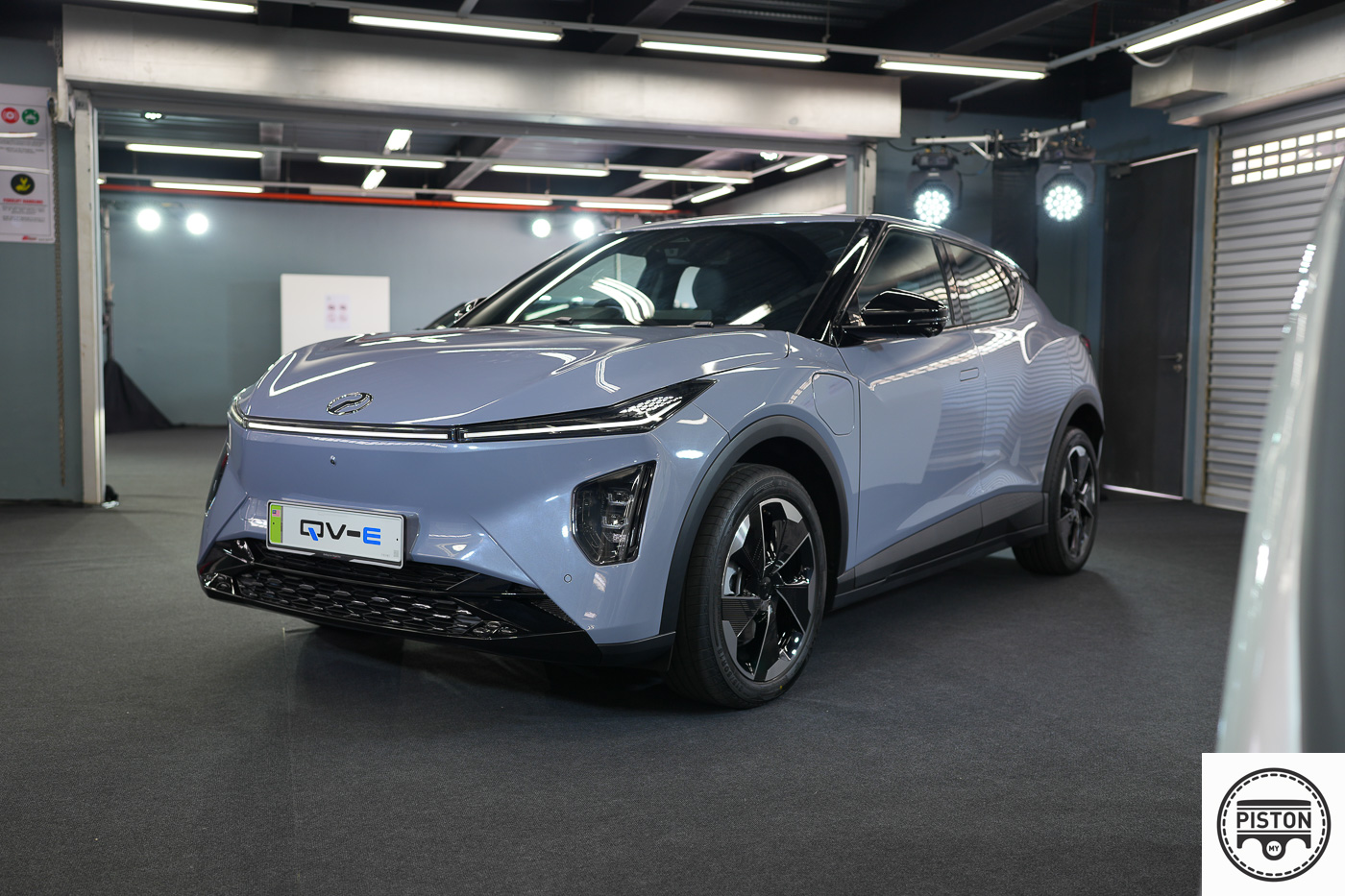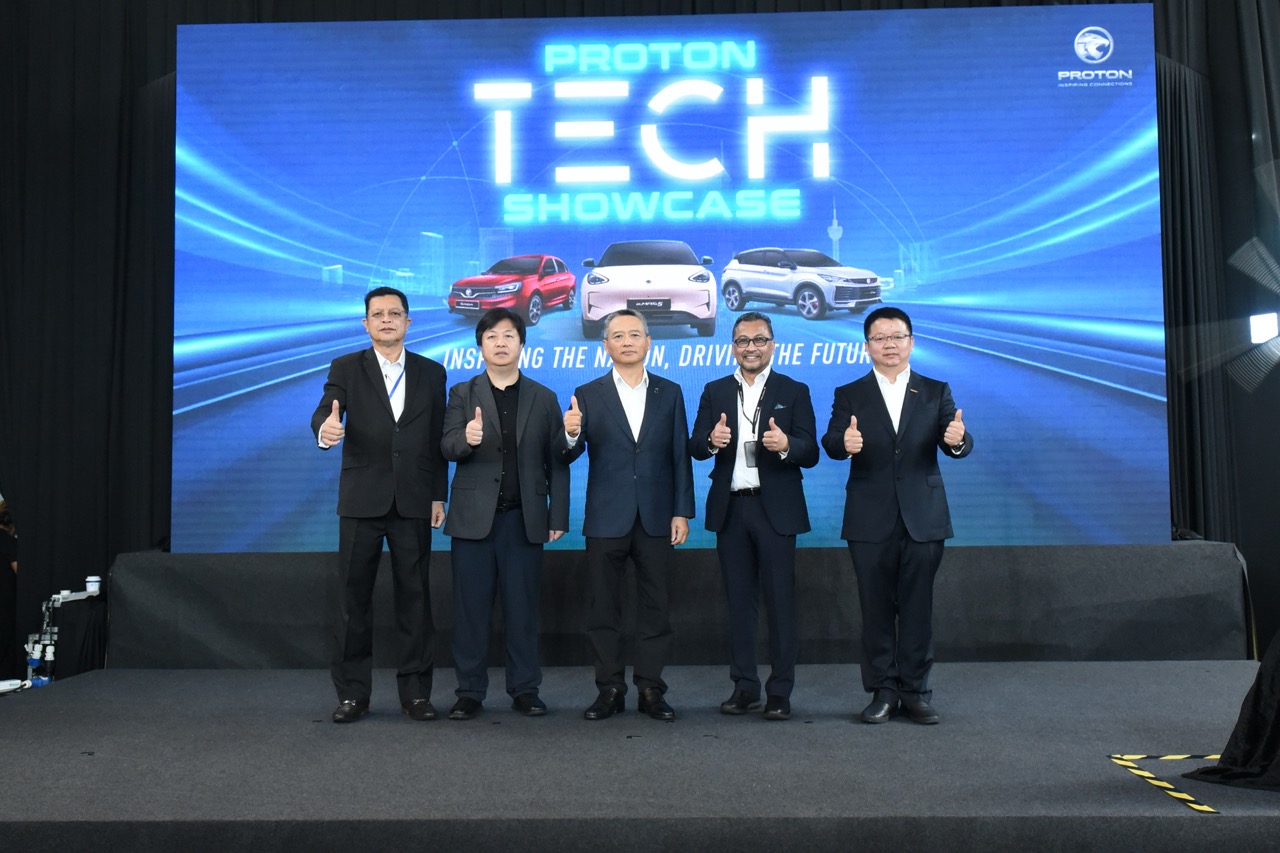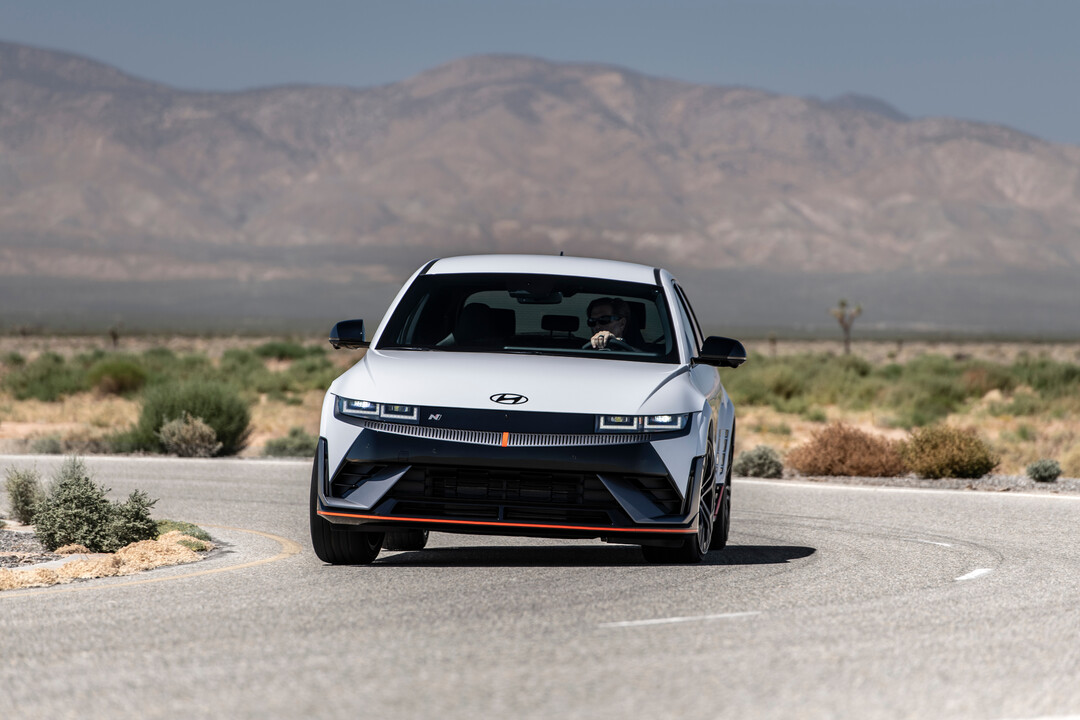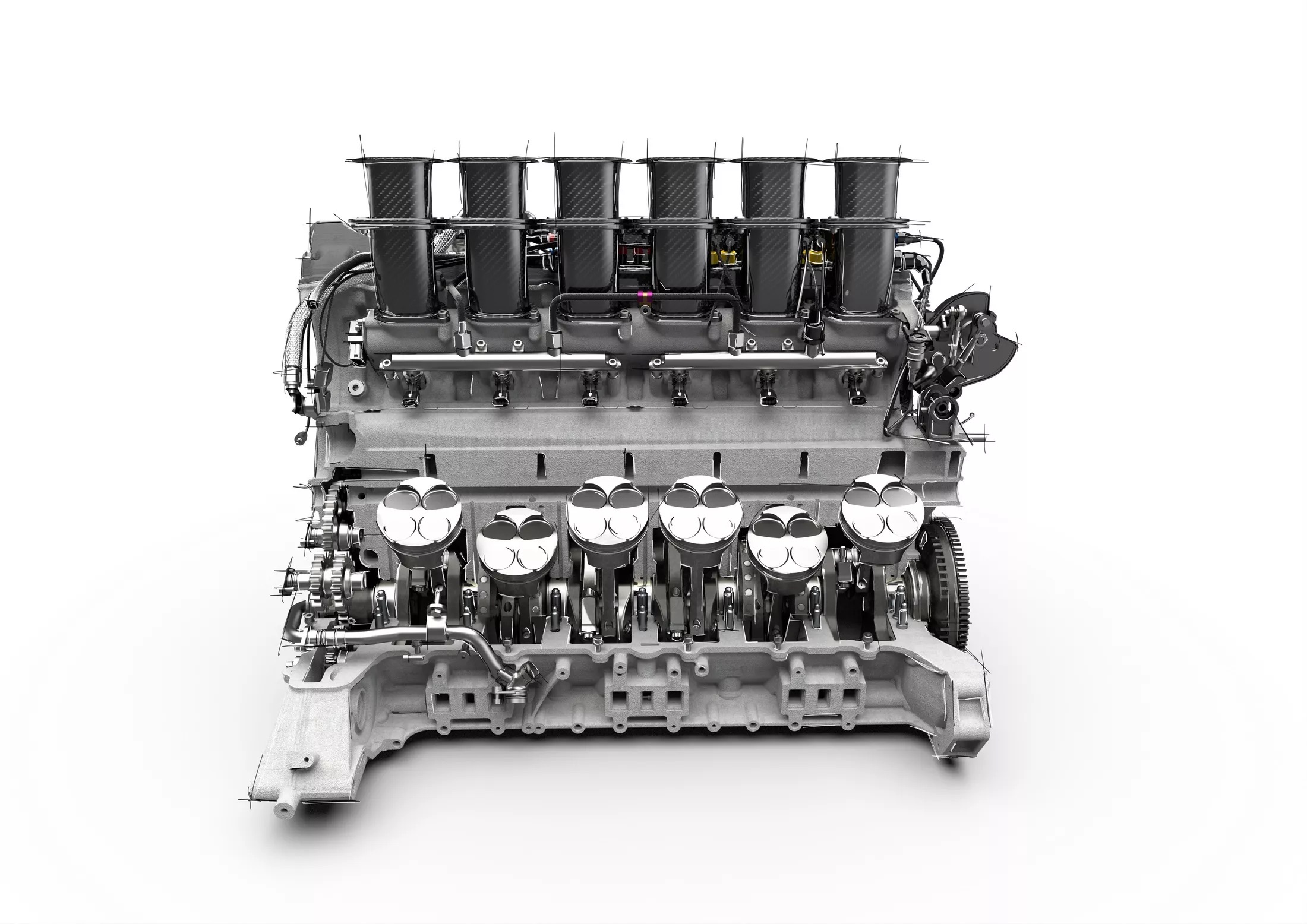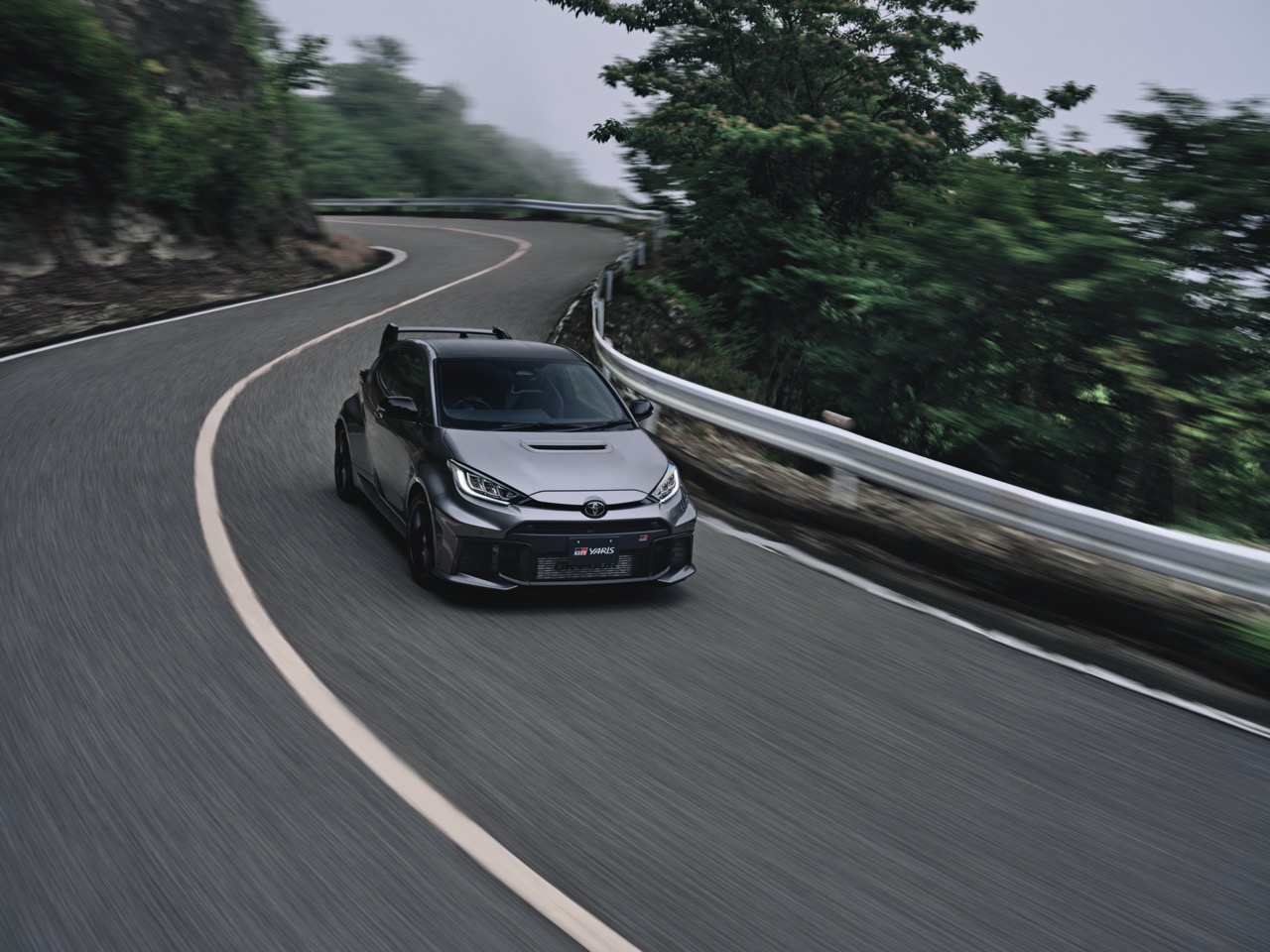After a successful debut in the 2021 edition of the Sepang 1000KM (S1K), UMW Toyota Motor and GAZOO Racing Malaysia are now aiming for success in Malaysia’s popular endurance race with the Toyota Vios. This weekend will see it entering two cars in the MTC Class to fight for the overall victory in the S1K – an achievement it so nearly came close to achieving last year.
The 2022 S1K, which has 77 entries this year, will also see a total of 15 SP2 Class Toyotas competing in the GAZOO Racing Vios Enduro Cup that is exclusive to and open to all generations of the model competing in the Vios Challenge and Vios Sprint Cup race series.
(more…)
